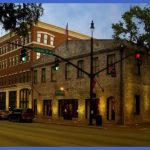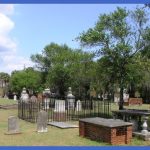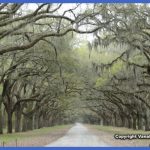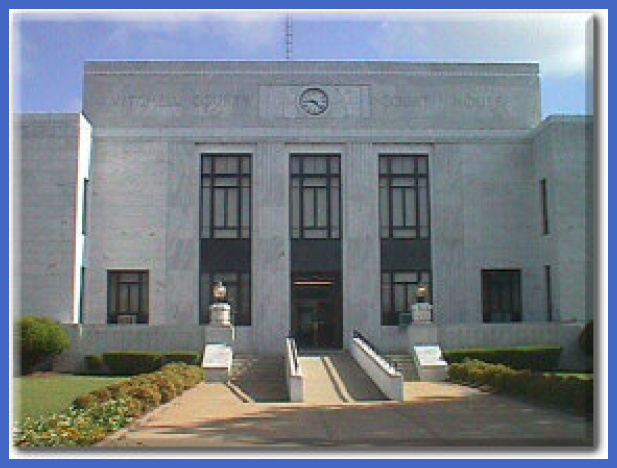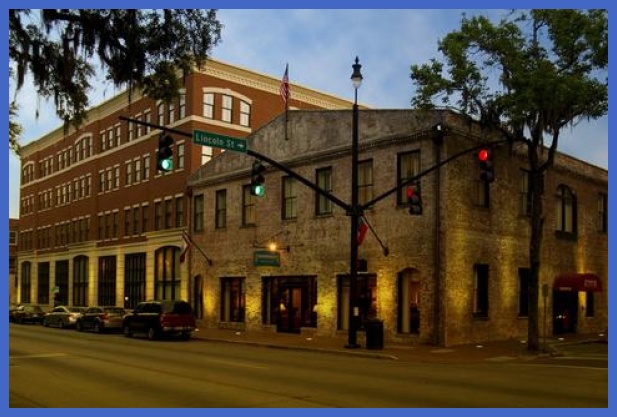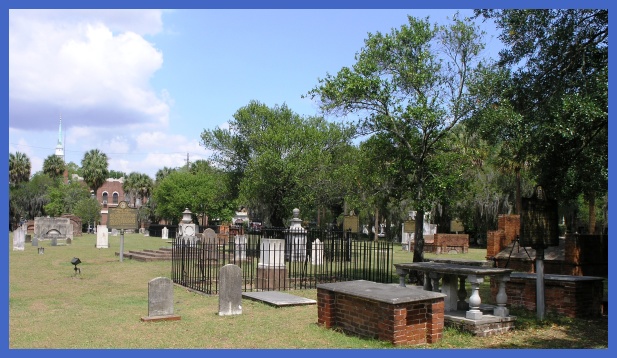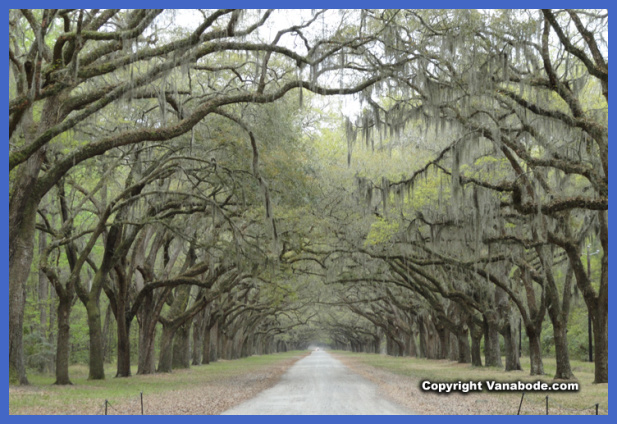Between 1990 and 2005, the Latino population in Georgia increased 474 percent; by 2000, there were Latinos living in every one of Georgia’s 159 counties. African Americans, who compose almost 30 percent of Georgia’s population, are now outnumbered by Latinos in some counties, despite the fact that Latinos only compose about 7 percent of Georgia’s current population.3 Latinos are now visible across the state; thus, many Georgians mistakenly believe that their presence in the state is a new phenomenon. In fact, Georgia has enjoyed 500 years of Latino presence, beginning with the very first Spanish pilgrims who arrived from what is now the Dominican Republic in the sixteenth century.
Colonial Georgia
In 1520, Francisco Gordillo and Pedro de Quexos began an expedition from Hispaniola (the island that today is home to Haiti and the Dominican Republic)
up the coast of North America to explore the area north of Florida. After claiming for Spain land just south of what is today the Georgia-Florida border, Quexos went on to explore a considerable portion of the Atlantic coast. He is believed to be the first European in Georgia.
Back in Hispaniola, Lucas Vazquez de Ayllon, who was responsible for organizing Gordillo’s 1520 expedition, obtained a charter from Spain to create the first European settlement north of Mexico. With 600 colonists and an indigenous guide, they sailed north to land in Winyah Bay, South Carolina. Finding the area unsuitable for settlement, they traveled south, finally settling in an area around the Savannah River, probably on or near what is today Sapelo Island. They named the settlement San Miguel de Gualdape (the exact name of the settlement and its precise location are in dispute). The settlement did not last long. It was attacked by the indigenous people and plagued by disease and slave revolts. After only two months, the failed expedition returned to Santo Domingo with only 150 settlers remaining. De Ayllon died on the voyage home.4
Although the Gualdape colony was short-lived, it is important in that it set the stage for the creation of Spanish missions and garrisons along the coastal regions of Georgia in what are today called the Sea Islands. Beginning in 1574, Spanish priests and friars began settling in what they called Mocama (the area between Altamaha and Nassau Sound) and Guale (north of Altamaha Sound to St. Catherines Sound). Between 1587 and 1680 there were at least 18 Franciscan missions located throughout the Sea Islands and as far inland as the Okefenokee Swamp.
Although the primary purpose of the missionaries was to convert the Native Americans to Catholicism, friars often interfered with the political and social affairs of the indigenous people. Their presence allowed for the protection of illegal Spanish slaving expeditions, and many Native Americans were forced into servitude. Although slavery was prohibited under Spanish law, unmarried indigenous men were forced into servitude, working in the Spanish-controlled fields or fortifying the battlements around St. Augustine in Florida. Due to poor working conditions, many became ill and died. This situation led to numerous revolts, the most notorious of which was the Guale Rebellion that resulted in the death of all but one friar and the discontinuation of the Georgia mission system until 1605.
Between 1605 and 1680 the Jesuits, and later the Franciscans, rebuilt many of the missions, and the Spanish government created some garrisons for their protection. The primary mission-presidio was Santa Catalina on St. Catherines Island. Built in 1566, nearly two centuries before Spanish missions were built in California, it is assumed to be the oldest church in Georgia.
Despite the fortifications, the Spanish settlements were often attacked in English slave and pirate raids and were constantly under threat by the indigenous people. The Iroquoian Westo tribe, called the Chichimeco by the Spanish, was
the most troublesome. Beginning in 1675, the tribe began attacking Spanish missions and presidios with the support of the English colonies in South Carolina and Virginia. By 1680, most of the Spanish settlements had been destroyed by the Westo. In 1702, South Carolina forces successfully invaded the weakened Guale strongholds to destroy the remaining outposts.
Although the Spanish outposts were primarily established in the coastal regions, some exploration occurred inland. Renowned Spanish explorer Hernando de Soto traveled through Georgia in search of gold and other valuables along a path now known as the De Soto Trail. The expedition, which resulted in an exploration of most of the Southeast and Midwest, was notorious for its mistreatment of the indigenous people, but it also served to provide Europeans with their first glimpse of native habits and cultures. One of de Soto’s most valued guides on his expedition to the Mississippi River was Perico, a 17-year-old boy from one of the native tribes in Georgia.
De Soto’s exploration of Georgia, however brief, was cause for conflict between the Spanish and the English, who had established a British colony in Savannah in 1733.5 Georgia served as a buffer between Spanish forces around St. Augustine and well-established British colonies in South Carolina. Spain used de Soto’s travels to make a claim on Georgia territory, and James Oglethorpe, the governor of the English Georgia colony, organized settlers and indigenous people to fight these claims. By 1739, hostilities between British and Spanish colonizing forces ultimately resulted in the War of Jenkins’ Ear, with fighting mostly occurring in Florida.
It is thought that only one significant battle in this war occurred in Georgia, but it was pivotal. Although outnumbered five to one, General Oglethorpe’s forces defeated Don Manuel de Montiano’s troops in 1742 at the Battle of Bloody Marsh on St. Simons Island. The fight was short lived and resulted in few casualties, but it marked a turning point in the war because it demoralized Spanish troops. The Battle of Bloody Marsh represents the last Spanish offensive on Georgia and the beginning of the end of Spanish occupation of Georgia territory.
Georgia HISTORICAL OVERVIEW Photo Gallery
Maybe You Like Them Too
- Explore Southgate, Michigan with this detailed map
- Explore Les Accates, France with this Detailed Map
- Explore Góra Kalwaria, Poland with this detailed map
- Explore Gumdag, Turkmenistan with this detailed map
- Explore Telfes im Stubai, Austria with this detailed map



